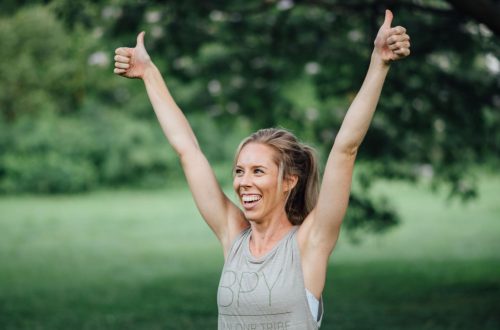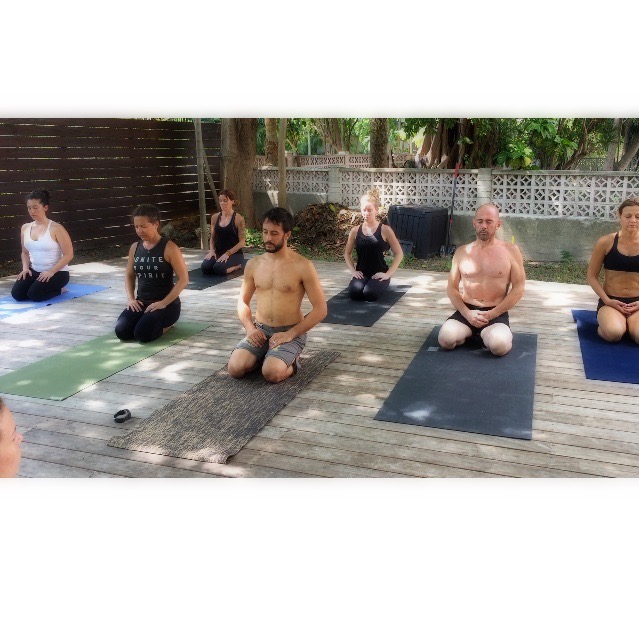Poses in the BPY Flow – Natarajasana – Lord of the Dance
In this blog series, we will look to break down some of the poses you hear in the BPY Flow to learn more about the myths and intentions behind them.
Natarajasana is a standing balancing posture found in the balancing section of the BPY Flow series of poses . The posture is also known as Bow Pulling pose. The pose involves standing on one leg firmly and grasping the ankle of the opposite foot. As the yogi leans into the posture, both kicking and reaching through the finger

tips, the pose reaches its completion. This asana represents the physical embodiment of one of the many personifications of Shiva.
In this version, Nataraja, Shiva is commonly seen with snakes around his neck, dreadlocks standing on end as he balances on a tiny dwarf
and is encircled by a ring of fire. Surprisingly, the image is meant to demonstrate compassion. The circle of flame is known as samsara. Samsara is the cyclical pattern in which humans are all confined; the never-ending repetition of birth, life and death. For Shiva, this cycle is of no consequence and this karmic spinning is just a rhythm to which Shiva dances unafraid.
The snake represents an often scene metaphor in yogic philosophy and in religion as well. The snake around Nataraja’s neck is a cobra whose poison represents the toxic nature of avidya. Avidya, the first of the kleshas, is the veil that covers over our minds that keeps us from seeing our truth. For some this is interpreted as our failure to see ourselves as one with the divine (or some greater good). Yoga is one of the ways we can rid ourselves of this ignorance. In the Yoga Sutras, Pantanjali outlines the five obstacles of the kleshas, that keep us from being truly free. The first avidya leads to the most powerful fear, abhinivesha or fear of death.
Practicing this posture can prove frustrating at first. Tight quads, hips and a lack of grace in balancing makes the novice at first perhaps self-conscious and a bit defeated. However, yogis should stay encouraged as the benefits to working toward mastering this posture are worth its shaky beginnings. The posture combines balancing and backbending, which are two physical elements that can create fear in our physical bodies – the feeling of fight or flight. Working through this posture provides the opportunity to build openness and bravery and allows the yogi to release these feelings. Fear is believed to be stored in the heart and backbending provides the opportunity to open the heart chakra and release feelings of fear. Bravery is cultivated by moving past the fear of falling as we balance.
Whatever variation and whatever depth you may find yourself in practice, Natarajasana invites you to walk the path towards freedom of your heart and mind and to do so with self-compassion.




